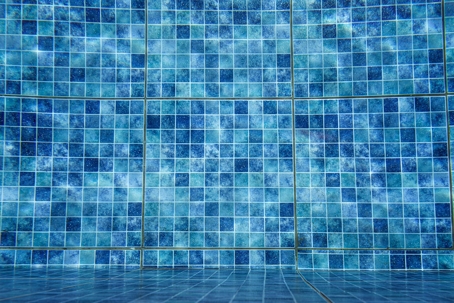Pool pH level out of whack? Put another way, has it gone way above the usual (think higher than 7.8 pH)? If yes, you’re not alone — it happens a lot. But of course, the good news is, it doesn’t have to stay that way. Generally speaking, a pool’s pH should be between 7.2 to 7.8. Anything higher than 7 can cause discomfort in swimmers (although, at this point, the water may be very soft) so a balance in acidity and alkalinity is vital. With this in mind, it’s crucial to learn more about the cause and effect of high pH levels in a pool. And of course, the solutions to bring pH down naturally.
First things First — What Causes a High pH in a Swimming Pool?
A spike in your pool’s pH can be caused by several different things. First off, it could be a result of the chemicals or products used to disinfect the pool. Speaking of which, the addition of chlorine stabilizer or HTH Granular to your pool’s water can cause its pH to climb well above 7. It’s however important to note that these chlorine products are your best bet when it comes to keeping your pool’s chlorine in good shape. So yes, it’s great to use them. But, of course, too much can make your water overly soft (which isn’t a good thing) and also cloudy.
Besides these products, an increase in the pH level can be triggered by a sudden spike in the temperature of the water. For instance, if your pool water is always exposed to direct sunlight, an unexpected heatwave could cause the pH to go higher than normal.
What Happens if the pH is too High?
When the pH gets excessively high, the water becomes overly soft. The effects? Well, just think of skin irritation alongside dryness and red eyes. Too high a pH level can also damage swimwear including swim caps and goggles. That’s not all — water with a pH that’s too high can cause scaling on pool equipment which in turn hampers the effectiveness of the pool’s circulation system and increases the cost of maintenance.
It’s also worth noting that too high a pH level can cause you to spend more on chlorine. Why? Well, it’s only because soft water (as a result of a spike in pH level) causes the chlorine to work less effectively. In other words, you’ll need to add much higher amounts for proper disinfection.
How to Deal with High pH Levels in Your Pool
Generally speaking, if you find that your pool’s pH value is higher than 7.6, we suggest you do something about it immediately. Perhaps the best, quickest, and most effective solution is to use pH minus — an acid you can add to the pool to lower the pH level.
Coming in powder form, pH minus is pretty easy to use; you have to spread it over the water surface. It’s however important to note that you to dissolve the granulate in a bucket of water before using. Doing this will prevent the acid from causing unnecessary damage to your pool’s lining and you looking for remodeling and repair services.
How much pH Minus can I Add to the Pool?
You can easily determine this by checking the total water volume and of course, the current pH level of your pool. But most importantly, the package comes with a schedule that lets you in on how much you can use at a given time.
pH Minus Didn’t Work — What Next?
Yes, there are times when pH Minus may not be strong enough to lower the pH levels of your swimming pool. This is a result of excessive alkalinity. But the good news is, there are still other options that can help get the job done (think hydrochloric acid or sulphuric acid). Both these acids should reduce the pH level effectively.
Got any other questions? If yes, don’t waste a second to contact us today. We’re very much available to provide answers and if necessary offer lasting solutions to your pool problems.

